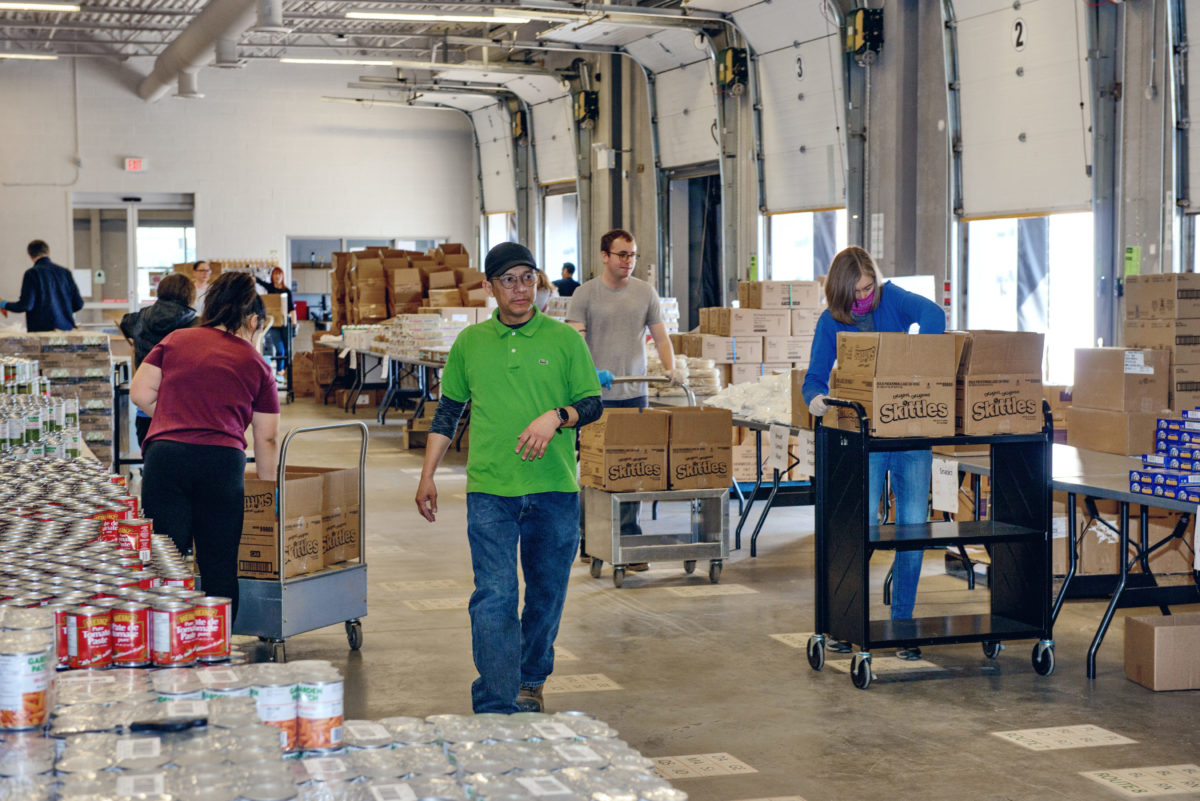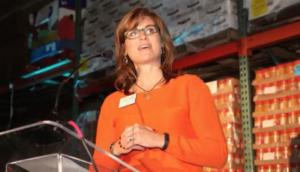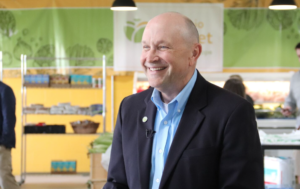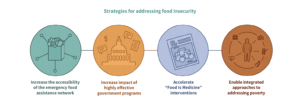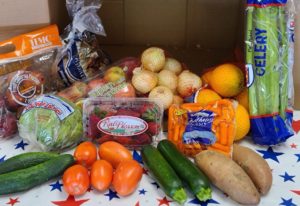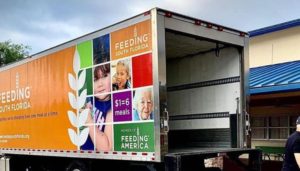With about one-third of the food pantries across Toronto having closed, Daily Bread Food Bank has begun distributing food from public libraries, taking advantage of their book-processing center, trucks and temporarily out-of-work librarians.
Four libraries have begun distributing food and a total of nine are expected to, thanks to partnerships with the city of Toronto and other community organizations, including North York Harvest Food Bank. The food banks are among the many that have had to revamp their distribution networks as pantries, often run by vulnerable seniors, have closed due to Covid-19.
The Toronto library system’s main distribution center, already set up with loading docks and other equipment to handle hundreds of thousands of books a year, has now been rejiggered to distribute food. Currently, more than 130 library staff volunteers are helping to receive food, pack it into emergency food boxes, and hand it out.

The library distributions are part of Daily Bread’s five-point Covid-19 plan, which is designed to adapt to the environment as things turn for the worse. The plan takes into account the many long-range challenges ahead, including that the current health crisis will likely morph into a financial crisis and eventually a mental health situation.
“My view is that we’ve got to play the long game on this,” said Neil Hetherington, CEO of Daily Bread.
Daily Bread began its Covid-19 response in the same way as many other food banks: by instituting new measures such as social distancing and increased hand-washing at the workplace. Soon, it had moved on to stage two, which involved moving its client-choice food distribution, normally run from its warehouse, to the parking lot to minimize spread of the virus.
The outdoor distributions feature a medical field tent, acquired from GlobalMedic, and a system of conveyor belts, allowing staff, volunteers and clients to keep safe distances from one another. (Read more about this and other creative social-distancing strategies here.) Having acquired several tents, Daily Bread can use the same model for its distributions at the city’s libraries.
At its warehouse, Daily Bread has gone to stage three of its plan, instituting a schedule aimed at minimizing interactions between staff and maximizing wellness. Employees have been grouped into Team A, which works Monday, Tuesday and Wednesday, and Team B, which works Thursday, Friday and Saturday. Employees work three days, get four days off, and get paid for five, giving them time to rest and stay healthy. “We’ve got to be ready for all that’s coming at us,” Hetherington noted.
If necessary, Daily Bread will shift the staff segmentation into even higher gear (stage four), creating a team that will live and work exclusively in the warehouse for weeks at a time, and another that will remain outside, working from home or in the field. Daily Bread has already identified a group of employees, about one-third of the total staff, that have volunteered to stay at the warehouse full-time, taking advantage of cots and showers on site, and earning some additional money. “We can isolate the staff to keep the operation going, and not have any fear about contamination,” Hetherington said.
Already, Daily Bread is encouraging the general public to support its efforts by purchasing food through Amazon or Walmart online and sending it to its warehouse. That same model could also work for people who are quarantined at home because they are sick, elderly or otherwise at risk. Food or gift cards purchased online could be directly delivered to them, alleviating the need for the food bank to support labor-intensive home deliveries.
In fact, online grocery shopping figures largely in the final stage of Daily Bread’s contingency planning. If the pandemic results in a complete shutdown of the food bank’s physical operation, it could still move forward by outsourcing the task of getting and delivering food to logistics experts like Amazon. “At the end stage, if we need to close down the operation, we could keep going with a call center and money,” Hetherington said.
CAPTION ABOVE: The Toronto Public Library’s distribution center is now processing food instead of books. Photo from Toronto Life.
